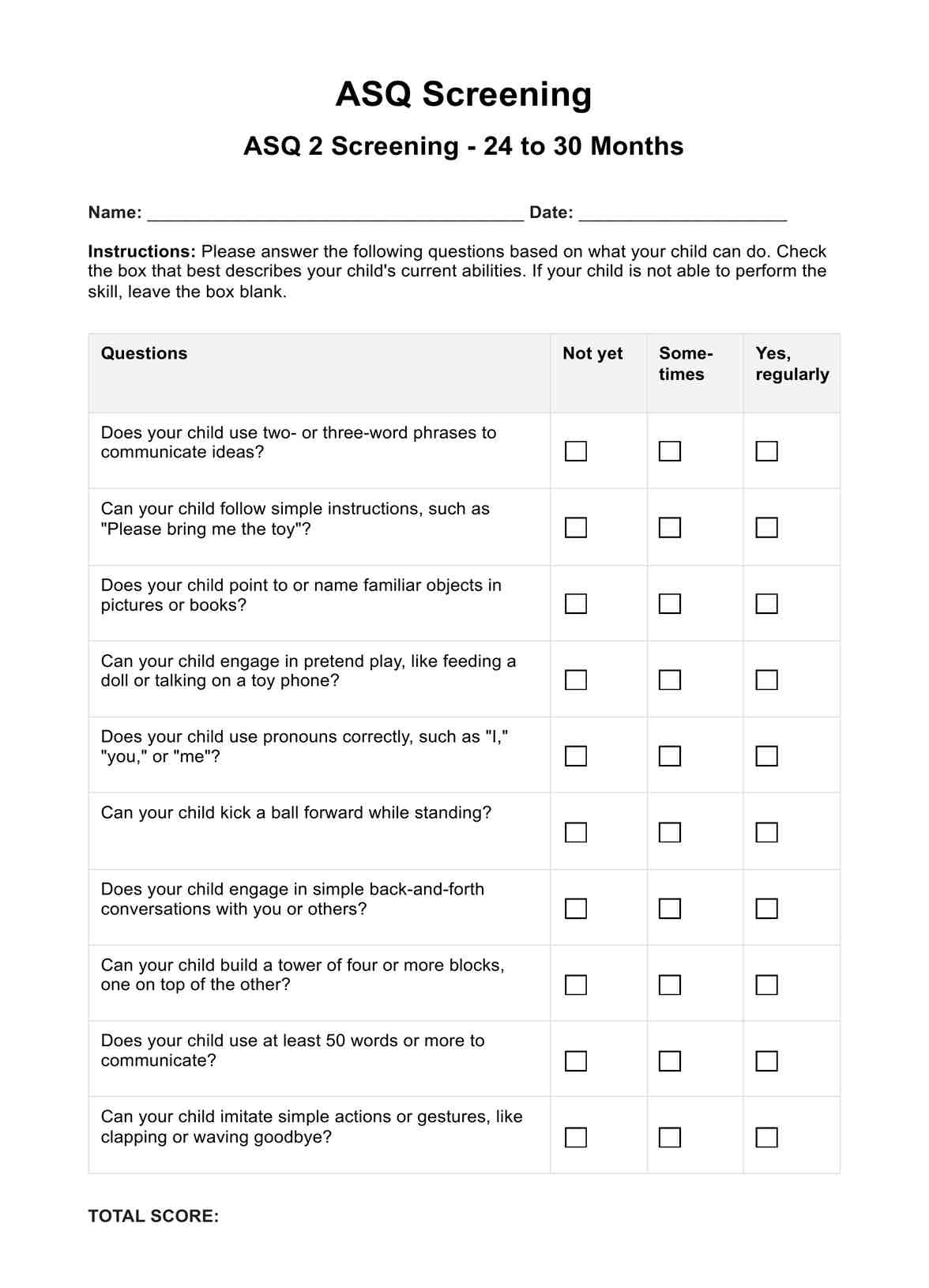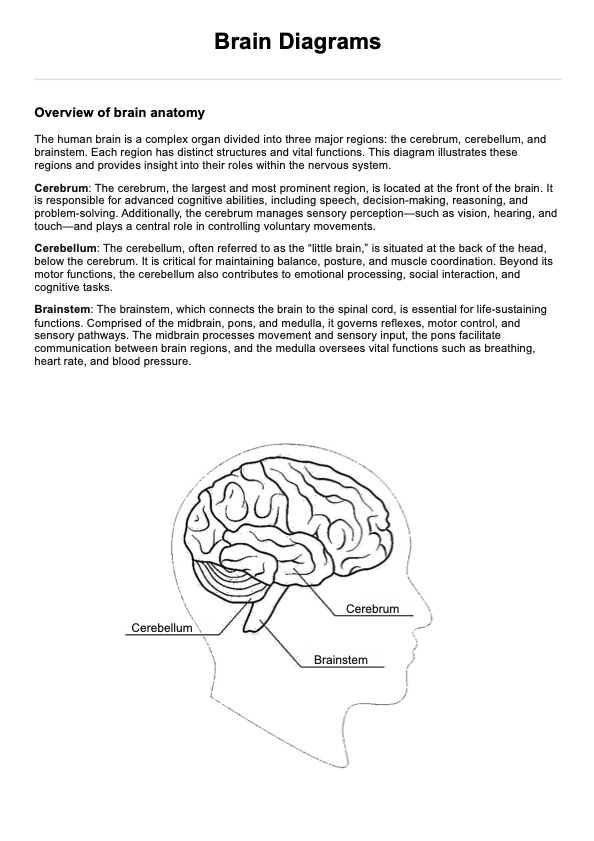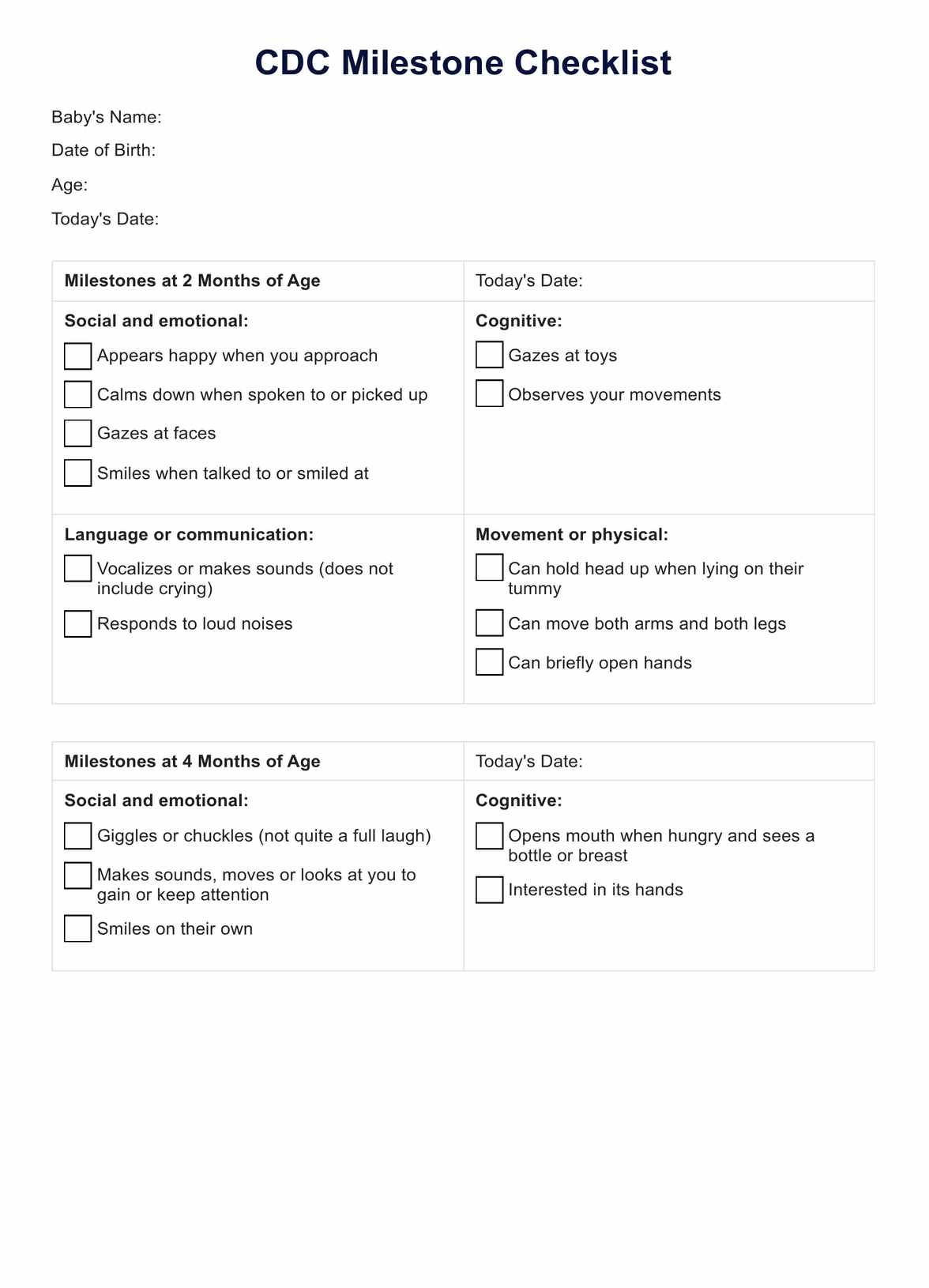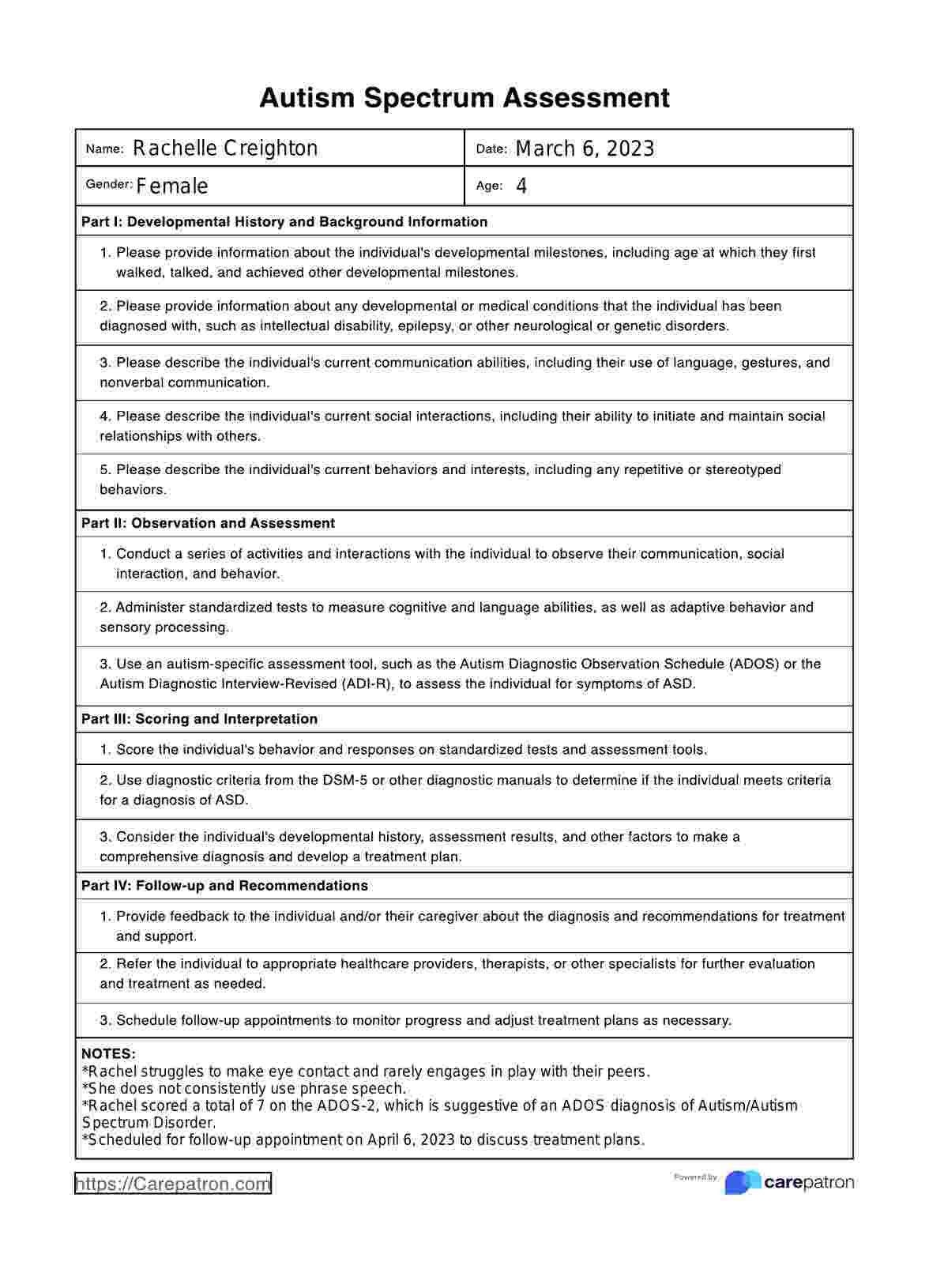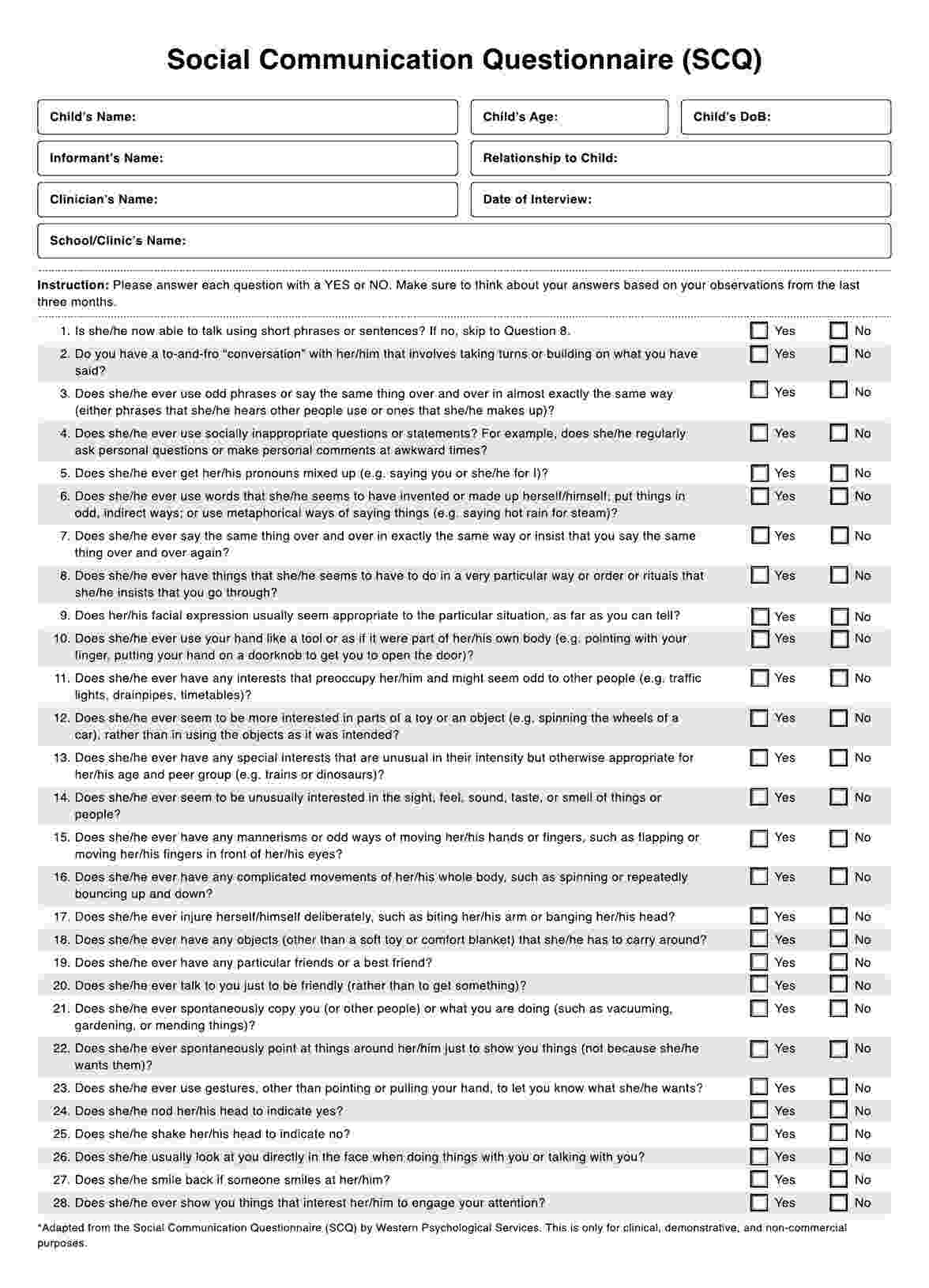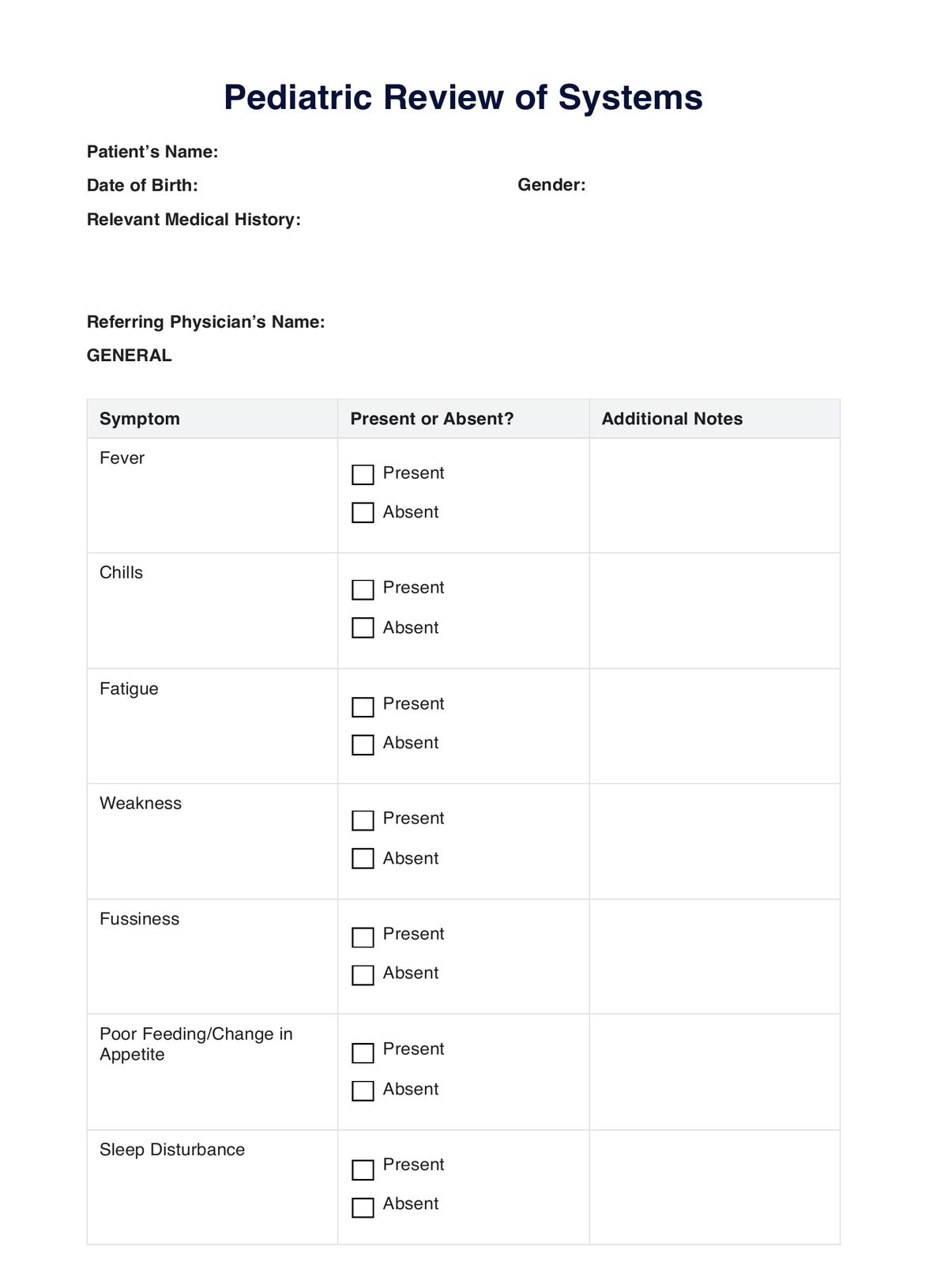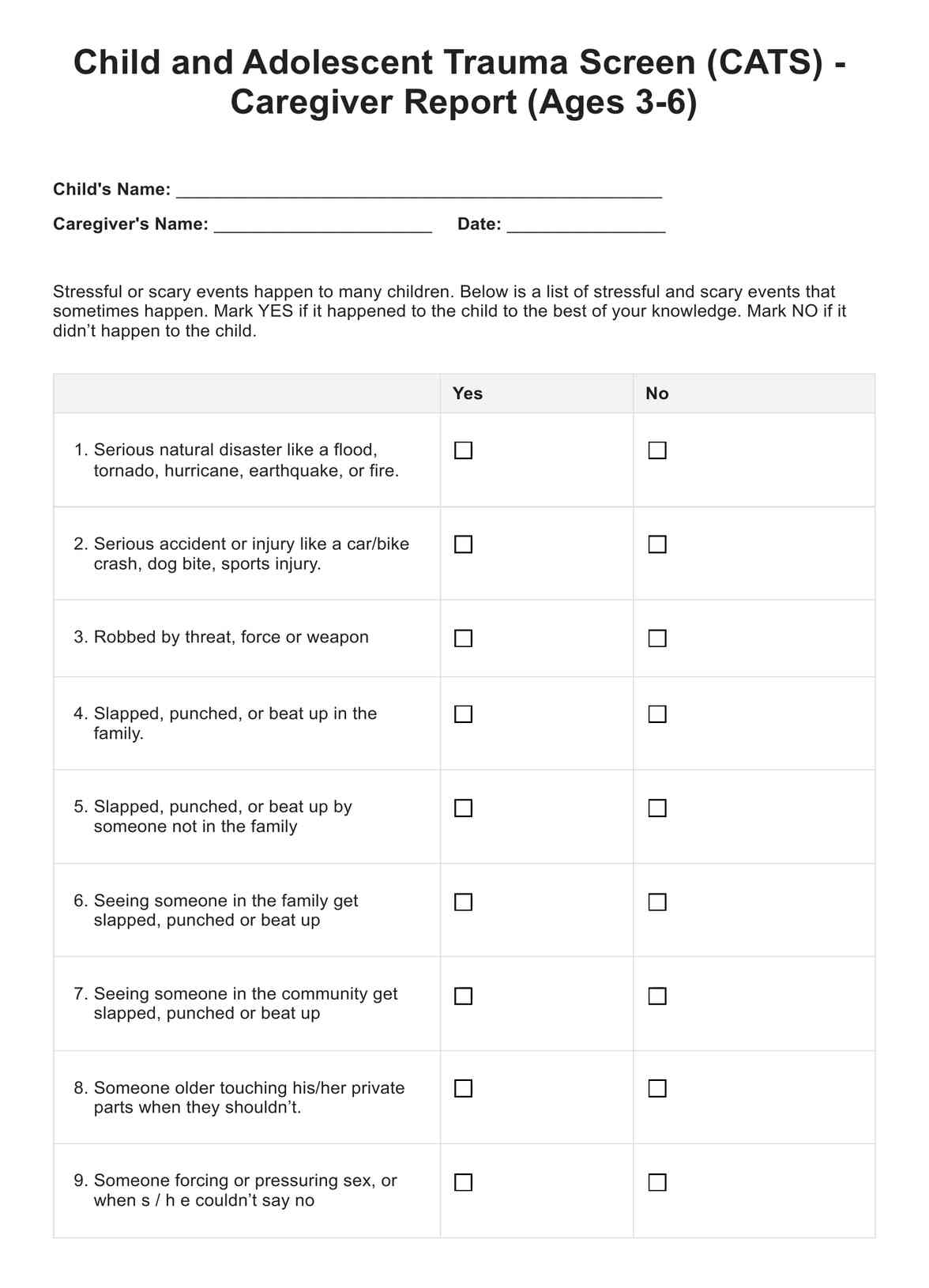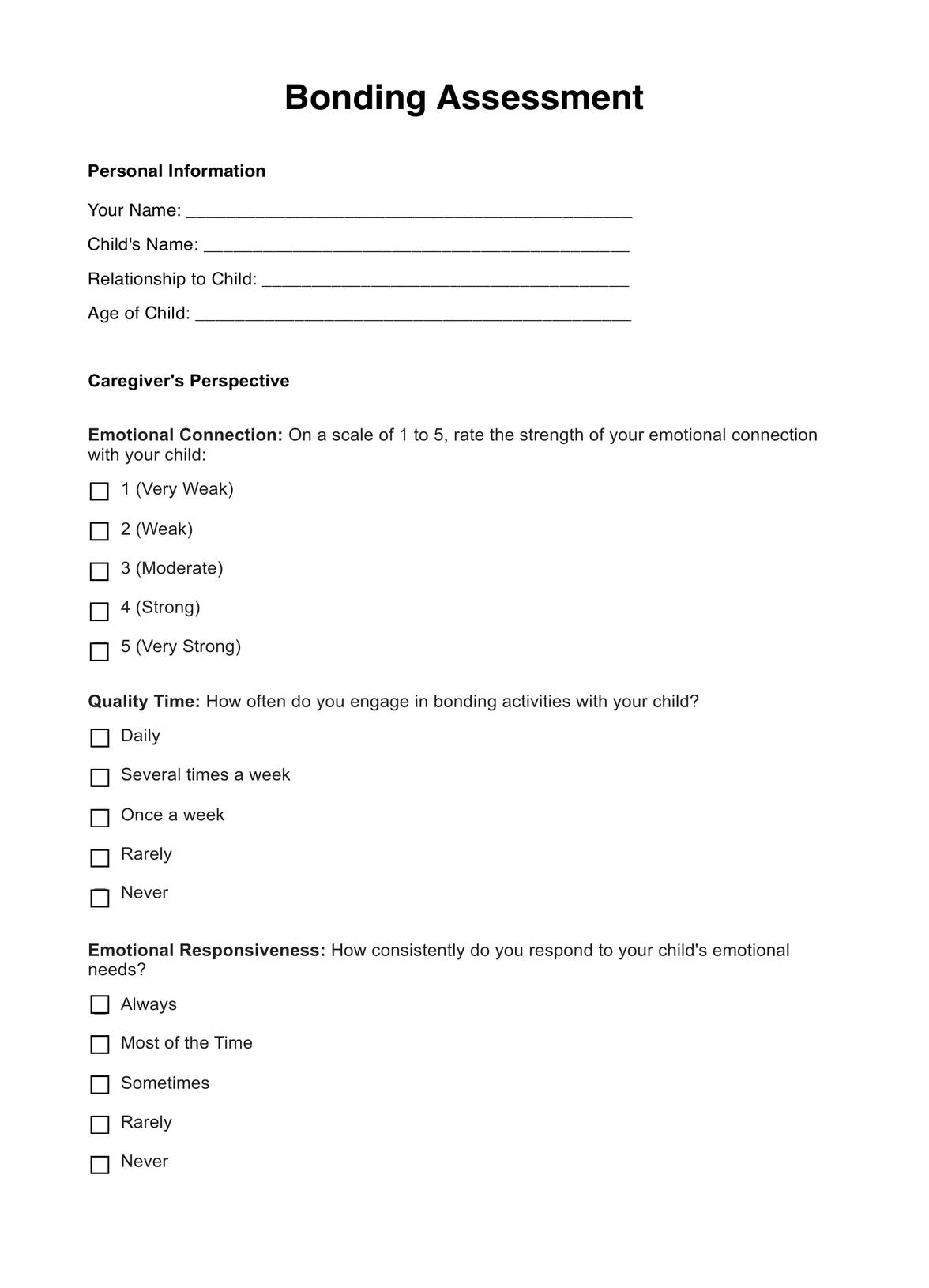HEADSS assessments
Enhance adolescent health care using the HEADSS assessment. Understand its purpose, execution, and benefits. Download your free PDF now!


What is a HEADSS Assessment?
The HEADSS assessment, often utilized as a pediatric HEADSS assessment, is a psychosocial interview framework widely used in adolescent medicine. This acronym stands for Home Environment, Education and Employment, Activities, Drug Use, Sexuality, and Suicidality. Each category reflects a critical area of an adolescent's life and provides a systematic method to gather data, build rapport, and discuss potentially sensitive subjects.
The main goal of the is to understand an adolescent's life circumstances, risk behaviors, and protective factors and to identify any health or well-being needs. The assessment is often performed during routine health check-ups and provides a valuable opportunity to engage adolescents in their health and well-being.
By prompting discussion on a range of issues, the HEADSS assessment helps to establish trust. It allows the healthcare provider to offer advice, guidance, and support tailored to the individual adolescent's situation.
Importantly, this assessment tool is designed to be flexible, allowing healthcare providers to adapt their approach depending on the adolescent's age, development, and comfort level. The HEADSS assessment thus becomes a cornerstone of adolescent health consultations, helping to ensure that these interactions are patient-centered, comprehensive, and effective in promoting health and preventing disease.
HEADSS assessments Template
HEADSS assessments Example
How does it work?
The HEADSS assessment is usually conducted as a one-on-one conversation between the healthcare provider and the adolescent. Follow these steps to utilize the assessment:
Step 1: Preparation
Before beginning the assessment, ensure you have a quiet, private space to conduct the conversation. You can find a printable HEADSS assessment online to guide you through the process.
Step 2: Initiate the Conversation
To build rapport and comfort, begin the conversation with less sensitive topics (e.g., Home Environment, Education, and Activities).
Step 3: Explore Sensitive Topics
Gradually move towards the more sensitive topics (e.g., Drug Use, Sexuality, and Suicidality). Be sure to frame these questions in a way that does not judge or make the adolescent uncomfortable.
Step 4: Record and Evaluate Responses
Record the responses, analyze the information, and identify potential areas of risk and concern.
When would you use this Template?
The HEADSS assessment is an incredibly versatile tool that can be used in various scenarios within a healthcare setting. It is beneficial because it allows healthcare professionals to comprehensively understand an adolescent's psychosocial well-being and living conditions, which are crucial components of holistic healthcare.
Here are some specific circumstances where using a HEADSS assessment can be beneficial:
1. Routine Adolescent Check-ups
The HEADSS assessment serves as a standard part of health check-ups for adolescents, allowing healthcare providers to gain a comprehensive overview of an adolescent's psychosocial health. This overview can help anticipate potential problems and plan preventive measures to ensure the adolescent's health and well-being.
2. Health Risk Identification
When a healthcare provider suspects that an adolescent might encounter issues such as substance misuse, mental health problems, or risks related to sexual health, the HEADSS assessment can act as a significant resource. By providing a structured method to ask about these sensitive topics, the HEADSS assessment can help identify these issues and plan necessary interventions.
3. Crisis Situations
A HEADSS assessment can provide valuable information to inform emergency intervention and support in an immediate crisis or risk situation. It can offer insight into the adolescent's support network, coping mechanisms, and existing risk factors that can be invaluable when coordinating crisis response.
4. Health Education Planning
The information gathered from a HEADSS assessment can guide healthcare providers in creating personalized health education and promotion plans for adolescents. The assessment can highlight areas where the adolescent may need more knowledge or benefit from additional resources or support.
By offering a systematic way to gather, assess, and act upon relevant information, the HEADSS assessment tool is a crucial instrument for healthcare providers working with adolescents. It's a tool that not only facilitates the identification of health risks but also aids in fostering strong relationships with adolescents based on understanding, trust, and respect.
Benefits
Adolescence is a complex development period characterized by significant physical, psychological, and social changes. Young individuals face many challenges and health risks during this critical time, making effective screening tools, like the HEADSS assessment, invaluable.
This comprehensive psychosocial interview tool offers several key benefits that can drastically enhance adolescent care. Let's delve deeper into these advantages.
1. Comprehensive Coverage
The HEADSS assessment is designed to cover a broad range of life areas - from home and school life to activities and interests to potential risk behaviors. This provides a holistic view of the adolescent's life, making understanding the full context of their health and well-being easier.
2. Early Identification of Risks
Adolescence is often when health risks, such as substance misuse or mental health issues, emerge. By routinely using the HEADSS assessment, healthcare providers can identify these risks early, enabling more prompt and effective interventions.
3. Rapport Building
The HEADSS assessment is not just a tool for gathering information; it's also an opportunity to build rapport and trust with the adolescent. This can improve their comfort and openness during healthcare visits, fostering better communication and collaboration in their care.
4. Guidance for Intervention
The information gathered from a HEADSS assessment can guide healthcare providers in developing and tailoring appropriate interventions, supports, and health education plans for adolescents. This makes the care provided more responsive to their specific needs and circumstances.
5. Accessible and Cost-Effective
With free HEADSS assessments available online, this tool is not only comprehensive and valuable but also accessible and cost-effective. It can be easily incorporated into routine care, offering a high return on investment to improve adolescent health outcomes.
Research & Evidence
The efficacy of the HEADSS assessment tool is well documented in various research studies. Its development was grounded in the need for a comprehensive psychosocial assessment method for adolescents, which could guide health professionals to probe for potential risk factors in a non-threatening manner.
Studies have demonstrated that using the HEADSS framework during consultations can lead to increased detection of health risk behaviors and psychosocial issues. For instance, research published in the Journal of Adolescent Health found that the HEADSS assessment improved identifying at-risk behaviors in adolescents, including substance misuse, unsafe sexual behaviors, and mental health issues.
Moreover, the HEADSS assessment has been found to strengthen the patient-provider relationship. Adolescents have reported feeling more comfortable discussing sensitive topics when guided through the structured yet open-ended format of the HEADSS assessment.
This consistent recognition of the HEADSS assessment tool's effectiveness across many research studies underscores its value in adolescent health care, reinforcing its integral role in identifying health risks early and informing suitable interventions and support.
References
Journal of Adolescent Health https://www.jahonline.org/
Goldenring, J. M., & Cohen, E. (1988). Getting into adolescent heads. Contemporary Pediatrics, 5, 75-90.
Cohen, E., Mackenzie, R. G., & Yates, G. L. (1991). HEADSS, a psychosocial risk assessment instrument: Implications for designing effective intervention programs for runaway youth. Journal of Adolescent Health, 12(7), 539-544.
Commonly asked questions
HEADSS assessments are used by healthcare professionals, especially those working in pediatric and adolescent health.
The HEADSS assessment is typically used during routine health checks with adolescents or when there is a concern about the adolescent's health or well-being.
The HEADSS assessment is conducted as a conversation between the healthcare provider and the adolescent. The healthcare provider asks questions about each HEADSS area, records the responses, and uses this information to identify health risks and plan appropriate interventions.


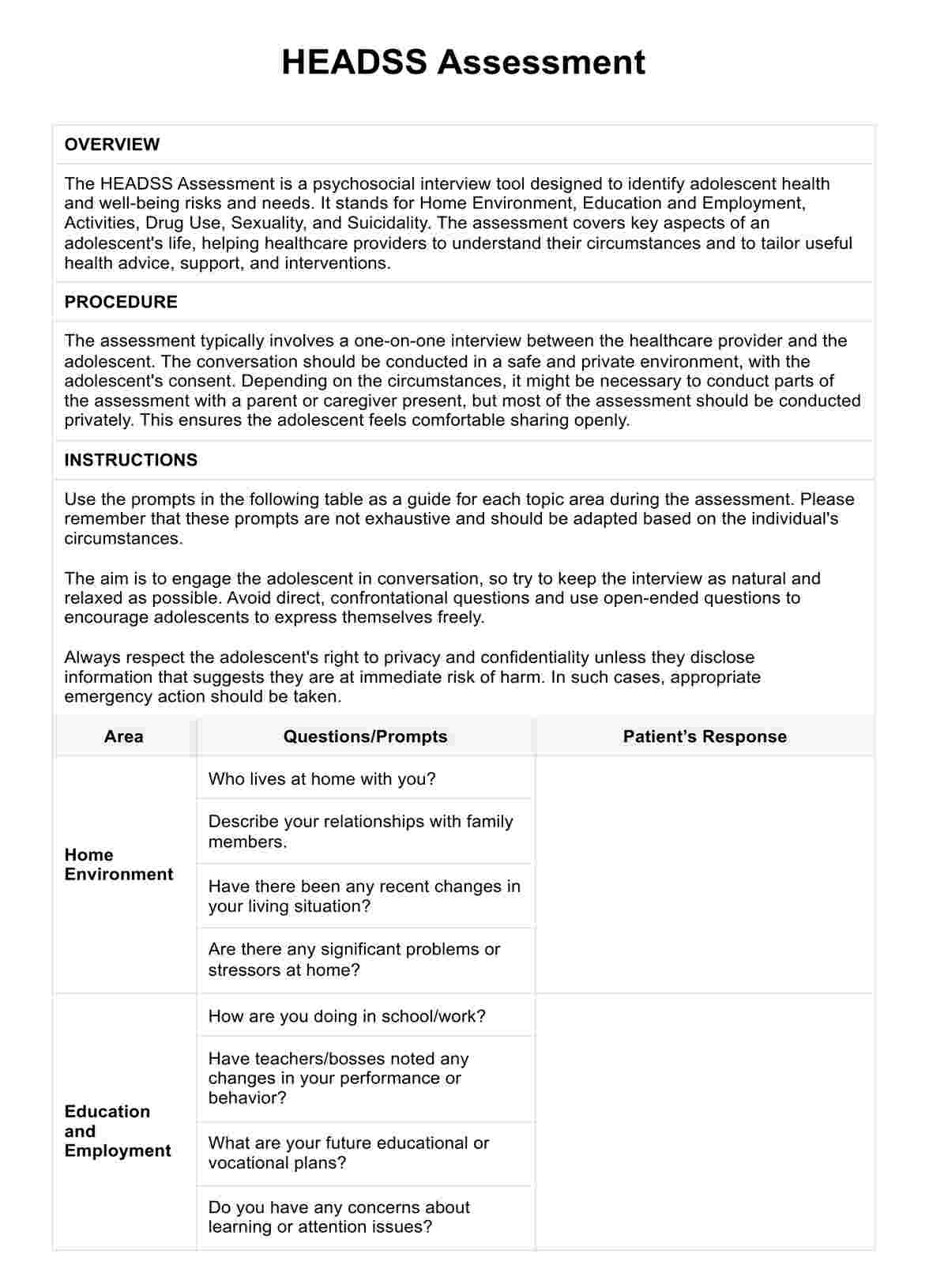
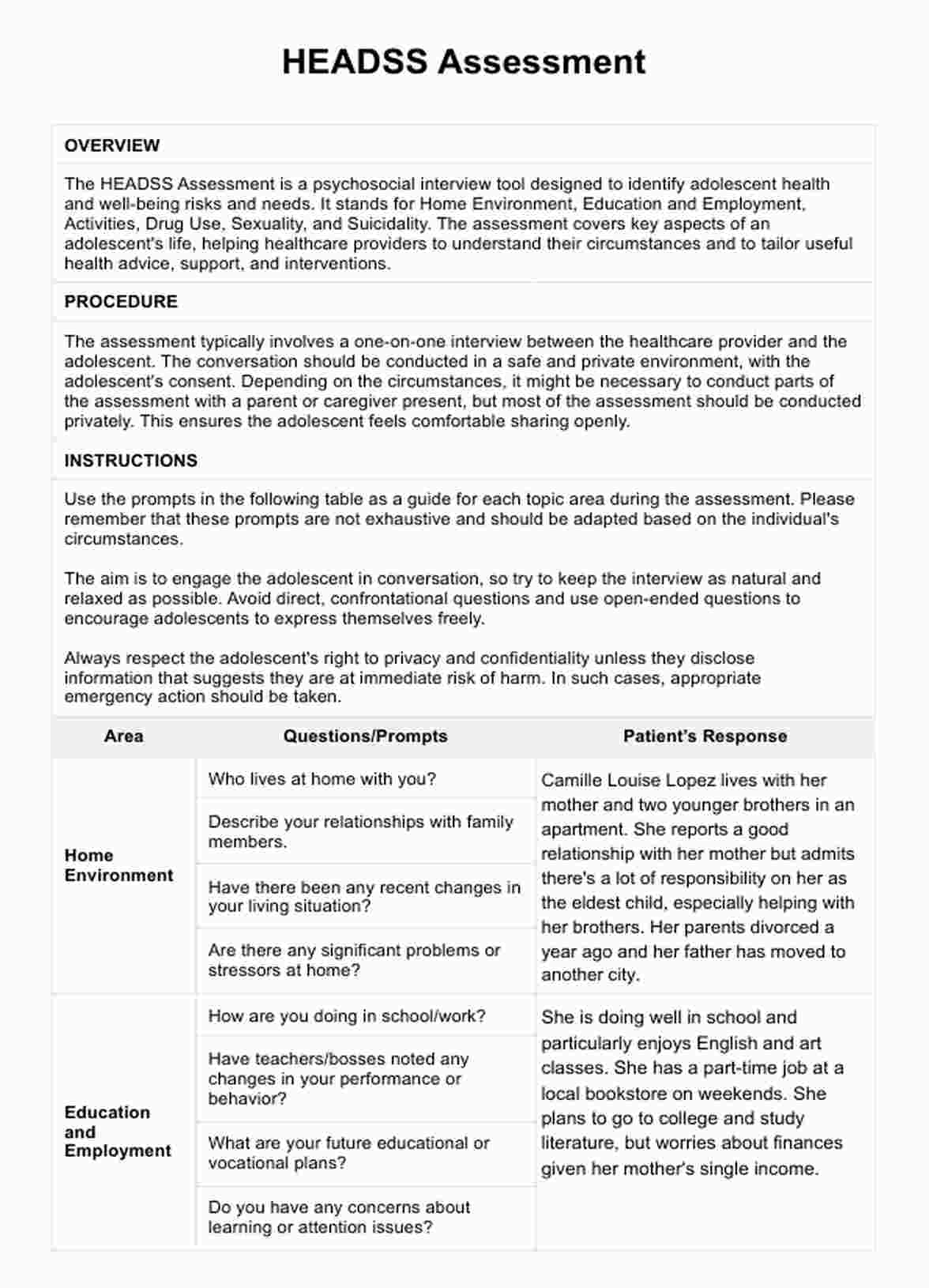



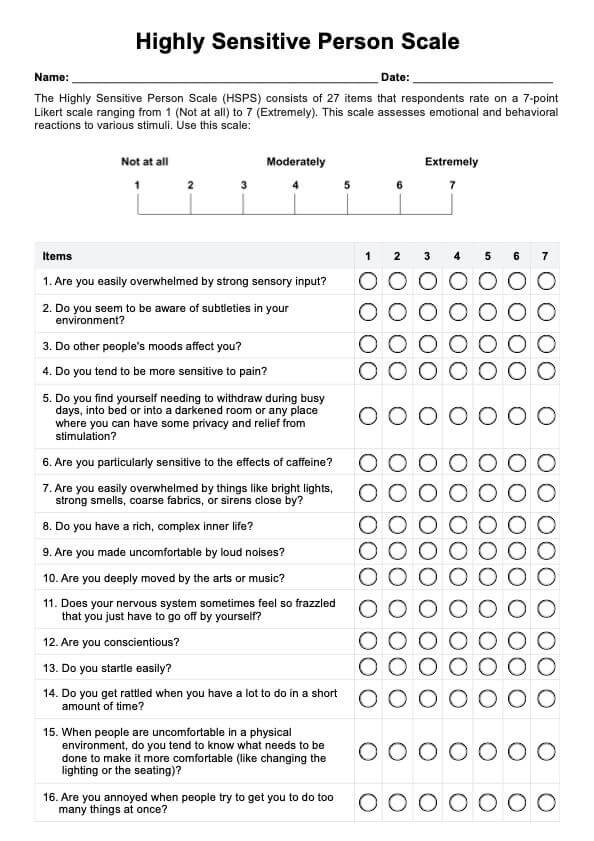









-template.jpg)























































































